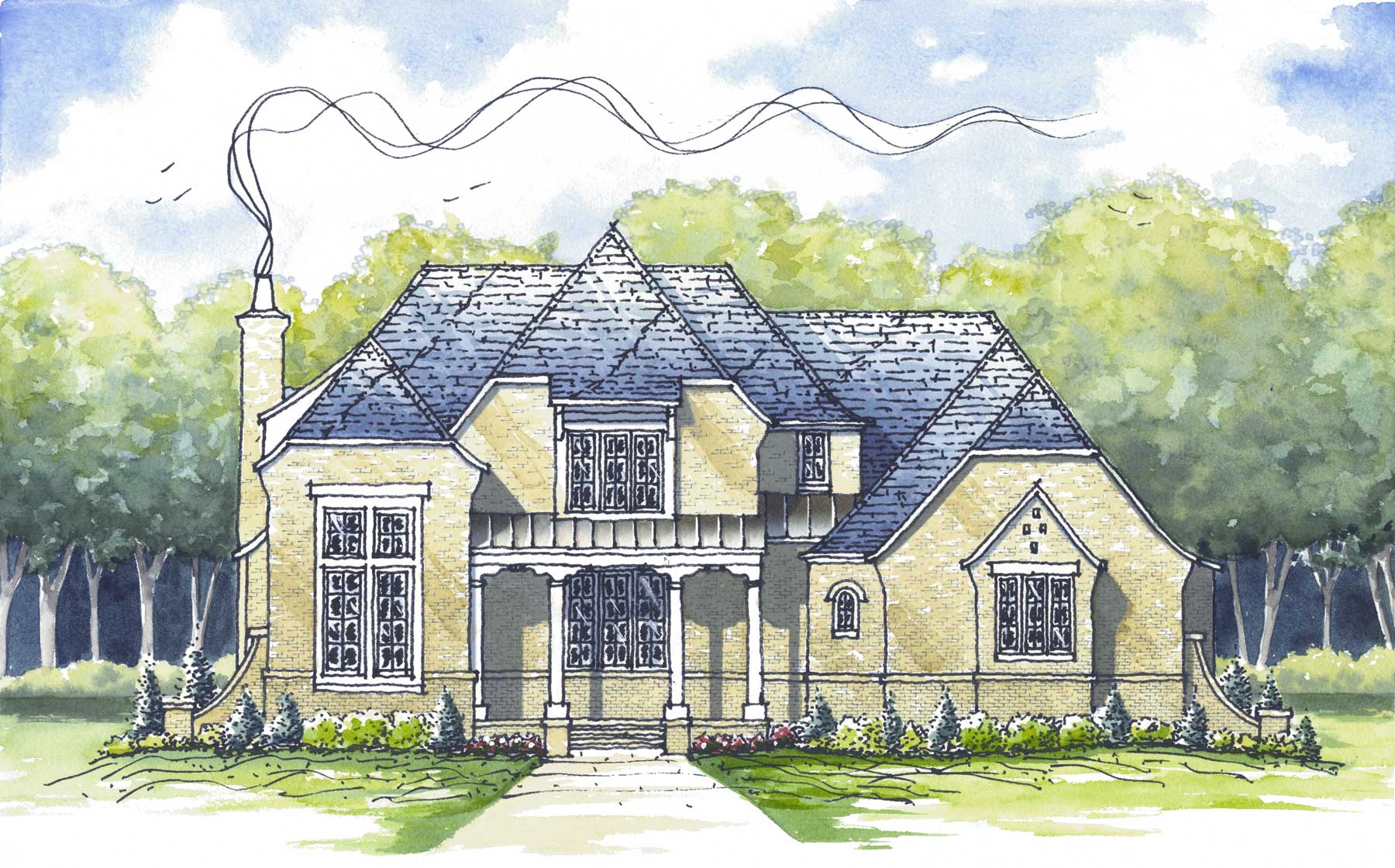How long will this take?
Builders hear this question a lot. The answer, as with most such questions, is “It depends.” But on what?
People who haven’t built before often have an unrealistic concept of how long it can take to plan, budget, and build a home. Many variables can affect the timetable. Three that stand out are design, permitting, and site work.
Design. A stock plan the builder has previously built will take less time than a fully custom home, even if the homeowners make some changes to that stock plan. A custom home can take months to design and a year or more to build.
Some people see size as the best indicator of how long the project will take. Not so—cost is a far more accurate gauge. Imagine a pair of 2500-square-foot homes, one for $200,000 and another for $1 million. It’s a good bet that the latter will have a more complex design that will take longer to build.
Permitting. The legal approvals required before construction begins have multiplied over the years. Signoff will certainly be needed from the zoning board, the building department, the health department, the fire department and, when building in a planned community, the homeowners’ association. In some areas, design committees, historical commissions, water authorities, or other entities want their say as well. Not surprisingly, the wheels of these bureaucracies can move slowly, but an experienced builder should be able to estimate the time required to negotiate the red tape.
Code requirements also have lengthened the process. For instance, in many jurisdictions, estimates of the home’s heating and cooling loads are now required before a permit is issued.
Site work. Is the lot in a flat subdivision with roads and utilities already in place, or is it a sloped rural parcel where the contractor will need to cut a road to the site, then excavate and fill to accommodate the foundation? The second site obviously takes more time (and requires more permits and approvals).
Keeping on track
Fortunately, there are things the homeowners can do to keep the job moving. These include taking deadlines seriously, providing details on how they will live in the home, and minimizing changes.
Agree on a timetable. Most busy architects and builders work hard to get things done promptly, but without firm dates things can slip. Homeowners should always be sure there’s a date for the next meeting and deadlines for the next steps. “The plans will be done in a couple of weeks” is vague. Compare that to “The plans will be ready on March 15,” which provides a clear understanding for all parties. On the other hand, homeowners who postpone scheduled meetings with the builder or architect will also throw off the timetable.
Think the home through. The more detailed the plan, the less chance of hang-ups. For example, vague electrical plans can stop a project in its tracks. The homeowners need to think through where they want furniture and cabinets so that the architect can specify the right number of outlets. If artwork is to be displayed on a wall or above a fireplace, the architect needs to know it in order to specify the correct lighting. If the homeowners don’t drill down to this level of detail until the job is well underway, things can be held up while new wiring is installed or walls and ceilings re-framed to accommodate it.
Minimize changes. Change orders are a huge time killer because they require lots of time to plan and coordinate. Changes made late in the design stage can extend design time; those made after project kickoff can extend build time.
The bottom line is that, if moving in by a certain date is a priority, the homeowners need to be absolutely clear with the builder about it, and need assurance that the builder is on board. Then the homeowners, builder, and architect can plan effectively to meet the date.

